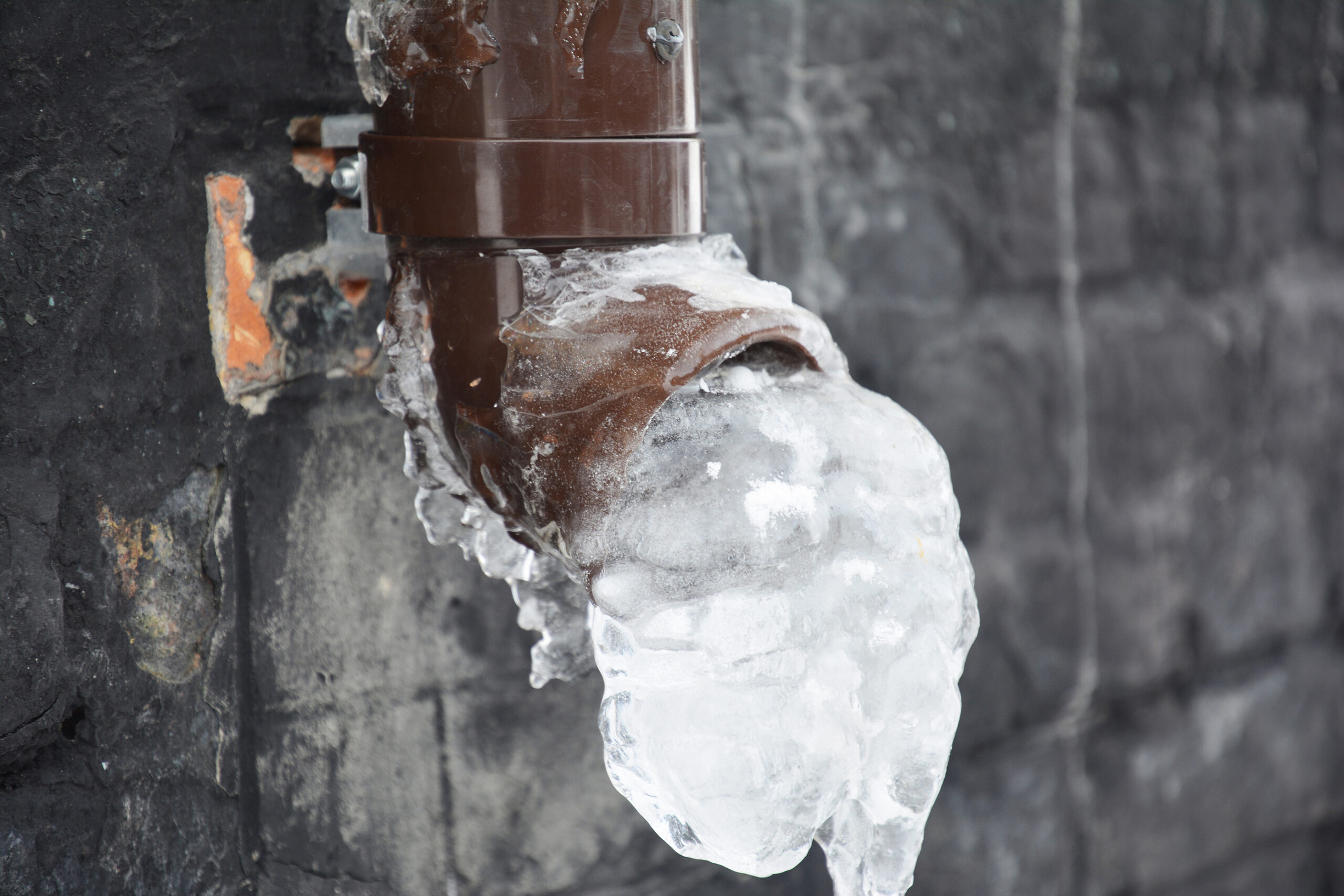Avoid Frozen Pipes in Winter: Professional Advice
Avoid Frozen Pipes in Winter: Professional Advice
Blog Article
Just about every person may have his or her own conception about How To Avoid Freezing Pipes.

Winter can ruin your plumbing, particularly by freezing pipelines. Here's how to stop it from taking place and what to do if it does.
Introduction
As temperature levels decrease, the danger of icy pipes increases, potentially causing pricey repairs and water damages. Comprehending how to prevent frozen pipes is crucial for homeowners in cold environments.
Avoidance Tips
Shielding vulnerable pipelines
Wrap pipes in insulation sleeves or use heat tape to secure them from freezing temperature levels. Focus on pipes in unheated or exterior locations of the home.
Home heating techniques
Keep interior areas effectively warmed, especially areas with pipes. Open up closet doors to allow warm air to flow around pipelines under sinks.
Exactly how to determine frozen pipelines
Search for reduced water flow from taps, unusual odors or sounds from pipelines, and noticeable frost on revealed pipelines.
Long-Term Solutions
Architectural adjustments
Take into consideration rerouting pipelines far from outside walls or unheated locations. Include added insulation to attics, basements, and crawl spaces.
Upgrading insulation
Buy top notch insulation for pipes, attic rooms, and walls. Correct insulation aids keep regular temperatures and minimizes the threat of frozen pipelines.
Safeguarding Outside Pipes
Yard pipes and outdoor faucets
Separate and drain garden hose pipes prior to winter season. Install frost-proof faucets or cover exterior faucets with protected caps.
Recognizing Icy Pipes
What creates pipes to freeze?
Pipes freeze when subjected to temperatures listed below 32 ° F (0 ° C) for extended periods. As water inside the pipelines freezes, it increases, taxing the pipe wall surfaces and possibly causing them to break.
Risks and damages
Frozen pipes can lead to water supply disruptions, home damages, and expensive repairs. Ruptured pipelines can flooding homes and create considerable architectural damage.
Indicators of Frozen Piping
Recognizing icy pipes early can stop them from breaking.
What to Do If Your Pipes Freeze
Immediate activities to take
If you suspect icy pipelines, keep faucets open to ease stress as the ice melts. Use a hairdryer or towels soaked in hot water to thaw pipelines gradually.
Final thought
Stopping frozen pipelines needs positive steps and fast actions. By understanding the causes, indicators, and preventive measures, homeowners can shield their pipes throughout cold weather.
5 Ways to Prevent Frozen Pipes
Drain Outdoor Faucets and Disconnect Hoses
First, close the shut-off valve that controls the flow of water in the pipe to your outdoor faucet. Then, head outside to disconnect and drain your hose and open the outdoor faucet to allow the water to completely drain out of the line. Turn off the faucet when done. Finally, head back to the shut-off valve and drain the remaining water inside the pipe into a bucket or container. Additionally, if you have a home irrigation system, you should consider hiring an expert to clear the system of water each year.
Insulate Pipes
One of the best and most cost-effective methods for preventing frozen water pipes is to wrap your pipes with insulation. This is especially important for areas in your home that aren’t exposed to heat, such as an attic. We suggest using foam sleeves, which can typically be found at your local hardware store.
Keep Heat Running at 65
Your pipes are located inside your walls, and the temperature there is much colder than the rest of the house. To prevent your pipes from freezing, The Insurance Information Institute suggests that you keep your home heated to at least 65 degrees, even when traveling. You may want to invest in smart devices that can keep an eye on the temperature in your home while you’re away.
Leave Water Dripping
Moving water — even a small trickle — can prevent ice from forming inside your pipes. When freezing temps are imminent, start a drip of water from all faucets that serve exposed pipes. Leaving a few faucets running will also help relieve pressure inside the pipes and help prevent a rupture if the water inside freezes.
Open Cupboard Doors
Warm your kitchen and bathroom pipes by opening cupboards and vanities. You should also leave your interior doors ajar to help warm air circulate evenly throughout your home.

We are very serious about How to prepare your home plumbing for winter weather and I really hope you liked our page. Loved our piece? Please share it. Help somebody else discover it. Many thanks for your time. Revisit us soon.
Book Today! Report this page